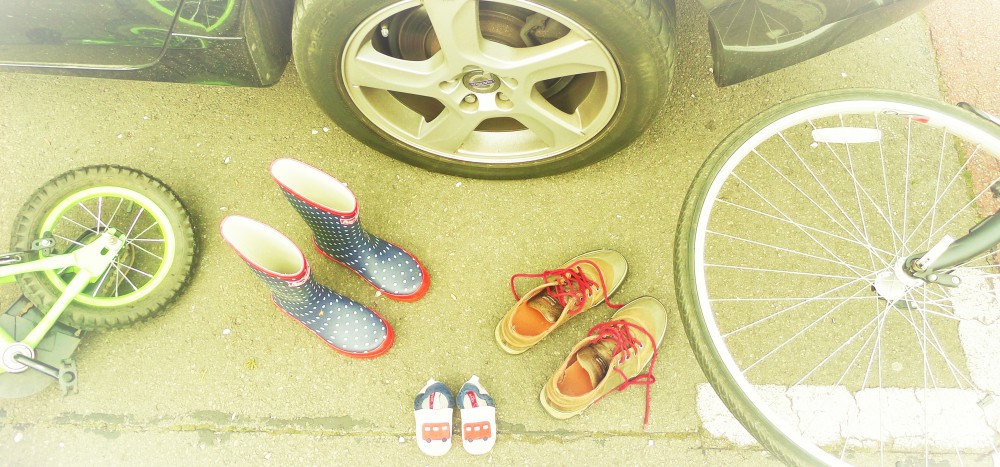This isn’t a blog about transport. This is a blog about transport analogies which I am writing in an attempt to describe the year now ending.
Picture an iconic American school bus. Big, yellow, snub-nosed and boxy. Inside, symmetrical rows of brown vinyl bench seats, no ergonomics, no seatbelts (or at least not in my day), no comfort unless you scrunched yourself down into a sky-ward-facing foetal position, knees against the back of the seat in front of you, head well-below the sight-line of the driver’s mirror.
I am not saying that 2016 has made me feel like a teenager again, riding that school bus with frozen hair in the darkness of a winter morning.
Personally, this year gone by has been one of maturation, a year of economic security, family building and learning. Even though I have become a student again, I have not been transported back to a retro lifestyle. My family and I have been driving modern transport; smooth, efficient, even innovative. But the world around me in 2016 seems to be on a different road in a different vehicle.
That vehicle is not the American school bus I described. If it were, I’d be a bit less concerned about where we are heading. There are worse places to go at night than depots filled with seas of yellow nestled by highway exits, or to set out each day to serve the future generations of the United States in their receipt of universal education. The vehicle I am thinking of is what the American school bus becomes when and where it is regenerated for a second life:
Amidst the volcanos and violence of Central America, school buses past their sell-by date are sold and refitted with large truck engines. They are given incredibly colourful paint jobs, and christened with religious slogans and iconography. They become public transport vehicles for people of all ages and purposes, and travel, overloaded, up and down mountain roads at impressive speeds with an appalling safety record.
Years ago, as a tourist in Central America, I was told that the drivers of these works of art do not trust themselves to safely convey their vehicle and its passengers between destinations. Rather they believe that God, Jesus, or Mary is responsible for their journey. Thus the religious symbols and the prayers that accompany every trip. If the bus plummets into a ravine, it will be down to a lack of faith rather than a lack of driver training.
Which seems to suit the events of 2016 and the type of vehicle that half the British and American populations have chosen for the rest of the us. These people have chosen faith over fact, trusting to outdated, overloaded, repurposed vehicles of the 20th century rather than trying to design and modify the emerging models of 21st century transport that could much better serve their needs. Nobody is much bothered if busloads of immigrants, war refugees, climate refugees, even children go over the edge. After all, it is no one’s fault that they fell if they did not pray enough, were not born in the right place at the right time, of the right faith. As the well-loved lives of celebrities were also brushed off their seats on the roof this year, the response may have been mournful, but the bus carried on its ill-starred journey.
And as 2017 looms ahead, where will the bus take us, willing and unwilling passengers and drivers alike? My mind turns to a rather prescient song from the 1980’s children’s television show, Fraggle Rock: Catch a Tail by the Tiger. I encourage anyone to look up the lyrics and you’ll see what I mean. We seem to be headed for a topsy-turvy 2017 where our 2016 ex-American school bus might well be going round on its wheels rather than the wheels going round on the bus.
